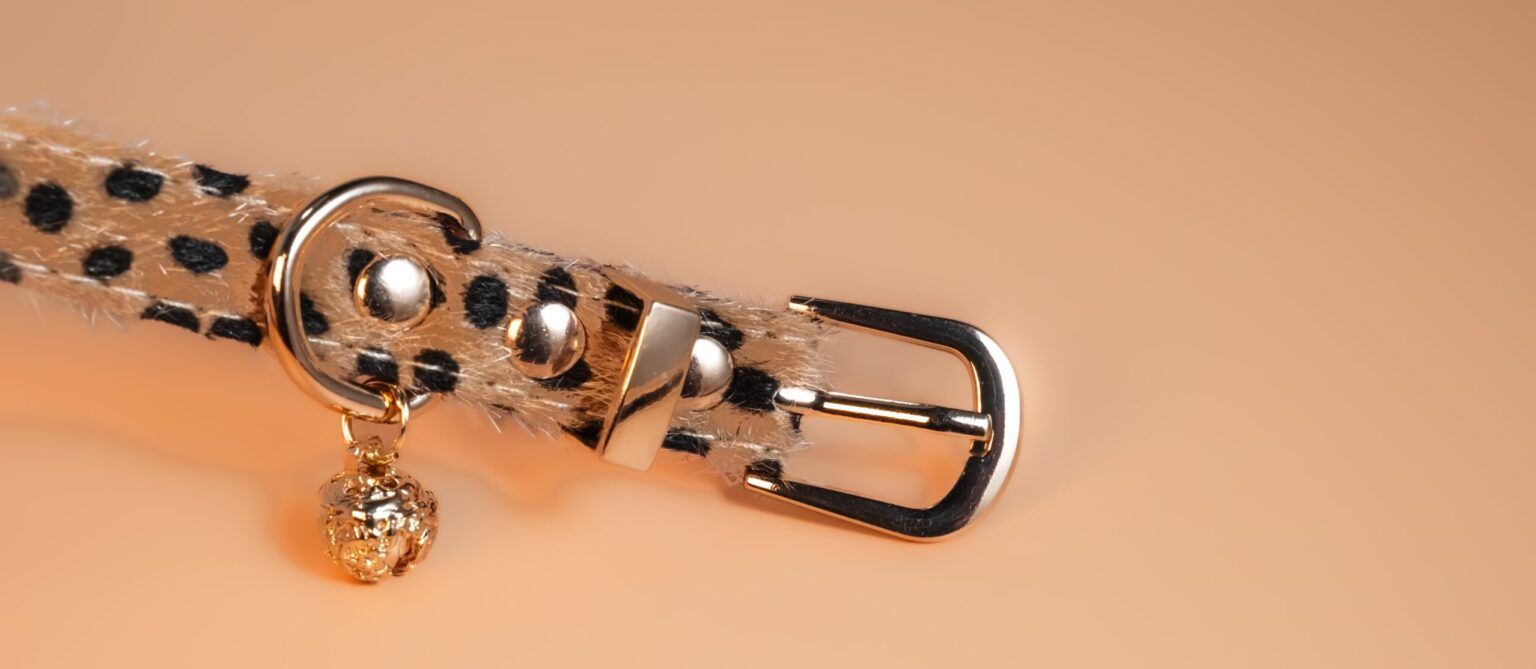
27 Dec “Exploring the Thrill of Handcuffs: Safety, Symbolism, and Sensuality in BDSM”
Handcuffs are a common tool in BDSM (Bondage, Discipline, Dominance, Submission, Sadism, Masochism) culture and sexual role-playing. They can add a unique sense of excitement and tension to sexual experiences, but their use also comes with certain risks and important safety considerations. Below, we explore the symbolic meaning of handcuffs, their psychological and physical effects, and the safety precautions necessary for their use.
1. The Symbolism and Psychological Effects of Handcuffs
In sexual culture, handcuffs are often associated with themes of control, restraint, and dependency. They are closely linked with domination (Domination) and submission (Submission) dynamics in BDSM. Handcuffs create a physical sense of restraint, and this restraint is often paired with feelings of psychological release and relaxation.
- Domination and Submission: Handcuffs allow the dominant partner (the “top”) to control the movements of the submissive partner (the “bottom”), and the submissive person often enjoys the experience of being controlled. This power imbalance heightens the excitement of both partners, reinforcing trust and dependence in the relationship.
- Mystery and Seduction: Handcuffs also carry a sense of mystery and allure. The idea of restraint and limitation often taps into primal desires and fantasies, amplifying sexual attraction. The feeling of being restrained can heighten arousal and provide an experience of relinquishing control.
- Safety and Trust: Despite the apparent restraint, handcuffs can create a sense of psychological safety when used with clear communication and consent. The physical “restriction” often leads to a heightened sense of freedom once the handcuffs are removed, allowing for an intense emotional release that is part of the sexual experience.
2. Types of Handcuffs and Choosing the Right One
There are various types of handcuffs available on the market, with different materials, designs, and comfort levels that can impact the overall experience. Here are some common types of handcuffs:
- Metal Handcuffs: These are usually made from sturdy metal and provide a strong sense of restraint. While they offer a high level of control, they can be uncomfortable, restrict circulation, or cause skin friction, so beginners should avoid using rigid or difficult-to-adjust metal handcuffs.
- Leather Handcuffs: Leather handcuffs are softer and generally more comfortable, making them a good choice for longer sessions. They offer a balance of comfort and restraint, providing adequate control while being gentler on the skin. Leather cuffs are a popular choice for beginners due to their adjustable fit.
- Fabric Handcuffs: Fabric or cloth handcuffs are a gentler option, especially for those who are new to bondage. They are softer, less likely to cause skin irritation, and generally provide a less intense restraint. Fabric handcuffs are great for a low-risk introduction to bondage.
- Chain Handcuffs: These handcuffs are typically made with chains, offering more adjustability but still providing a strong sense of restraint. They are suited for individuals with more experience in BDSM, as the chain can feel heavier and provide a different type of restraint compared to leather or fabric cuffs.
When choosing handcuffs, it’s important to select a pair that fits both your comfort level and your experience. For beginners, softer, adjustable cuffs like fabric or leather are recommended.
3. Safety Considerations When Using Handcuffs
While handcuffs can add excitement and pleasure, they also come with risks, especially for those who are new to their use. To ensure safety, here are some key considerations:
- Communication and Boundaries: Before using handcuffs, it’s essential to communicate clearly with your partner about boundaries, preferences, and limits. Establishing a safe word (or safe signal) is critical. A safe word allows one partner to signal when they need to stop or reduce the intensity of the activity. Common safe words include “red” (to stop immediately) and “yellow” (to slow down or adjust intensity).
- Check Circulation: Prolonged use of handcuffs can affect circulation. Be sure to regularly check the wrists of the person being restrained to ensure there is no numbness, tingling, or swelling. The handcuffs should be adjusted so they are not too tight, and circulation should not be restricted.
- Avoid Long Sessions: For first-time users, it’s best to avoid wearing handcuffs for extended periods. 20-30 minutes is a reasonable time frame for a first experience. Long periods of restraint can cause skin irritation, discomfort, or circulation issues.
- Use a Safe Environment: It’s important to use handcuffs in a safe environment. Make sure the space you are in is clear of obstacles that could cause injury if someone were to fall or move suddenly.
4. Aftercare
Aftercare is an essential aspect of any BDSM activity involving restraint, especially when using handcuffs. Aftercare includes emotional support, physical care, and reassurance for both partners. It is especially important for beginners, as the intense feelings from being restrained can leave the submissive partner feeling emotionally vulnerable.
- Physical Care: After the handcuffs are removed, check for any signs of irritation, bruising, or redness on the wrists. Applying soothing lotion or massaging the area can help relieve any discomfort.
- Emotional Support: For many people, aftercare involves emotional bonding and comfort. This may include gentle touch, hugging, reassuring words, or even offering water or snacks. Aftercare helps to create a safe space for both partners to reconnect and process the experience.
- Reaffirming Trust: Aftercare also provides an opportunity to reaffirm trust and communicate openly about the experience. Discuss what worked well and what could be improved, helping both partners feel respected and cared for.
5. Psychological Effects and Considerations
Handcuffs are not only a physical tool—they can have a significant psychological impact as well. For some individuals, the experience of being restrained can be intensely arousing, heightening the feeling of powerlessness or submission. However, for others, especially those who are new to bondage, the experience may cause discomfort or anxiety.
- Submissive’s Experience: The submissive partner may feel vulnerable and experience the psychological effects of losing control. This feeling of submission can be pleasurable for many, but it’s important to ensure that the submissive partner feels safe and comfortable throughout the experience. If at any point they feel anxious or uncomfortable, it’s essential to stop and communicate openly.
- Dominant’s Responsibility: The dominant partner has a responsibility to monitor the submissive partner’s well-being. Pay attention to any signs of distress, discomfort, or unease. It’s important to respect boundaries and be mindful of how the experience is affecting both partners.
Conclusion
Handcuffs play a significant role in BDSM culture, serving as both a physical and psychological tool that can enhance sexual experiences. When used correctly and safely, handcuffs can provide an exciting and intimate way to explore power dynamics and deepen trust between partners. Clear communication, respect for boundaries, and aftercare are key elements to ensure a positive and safe experience for both partners. Whether you’re a novice or an experienced player, always prioritize consent, comfort, and safety to create an enjoyable experience for all involved.



No Comments